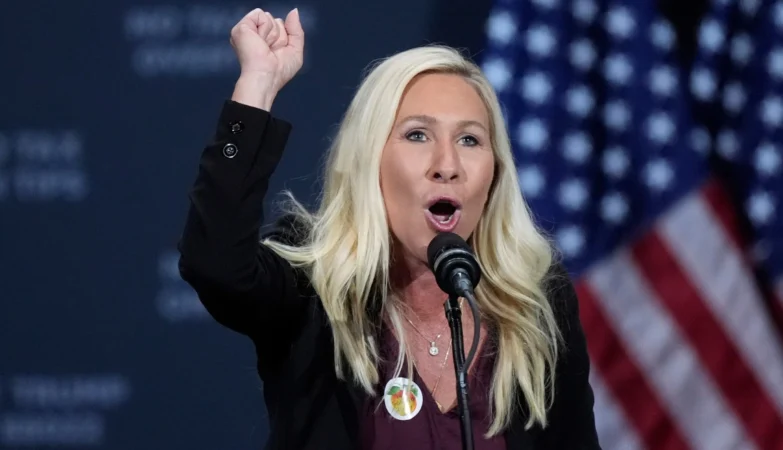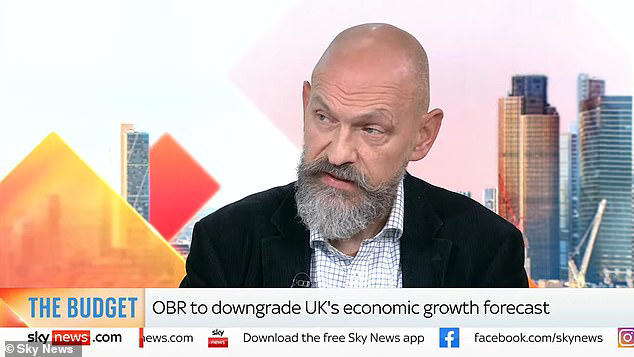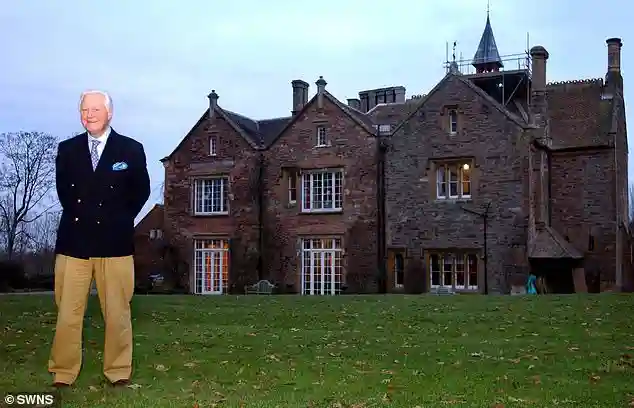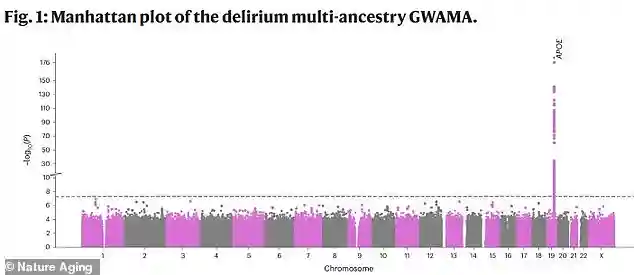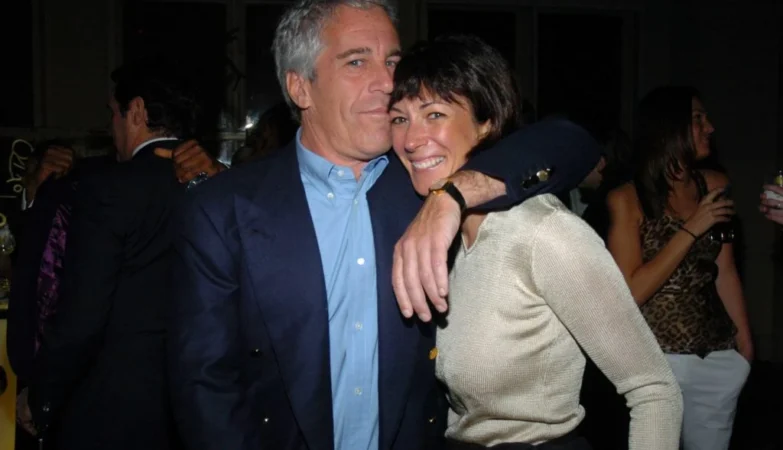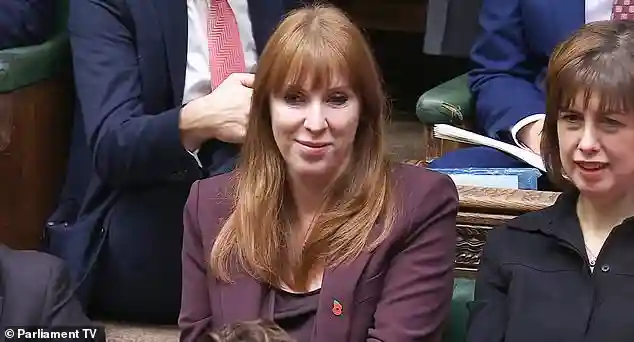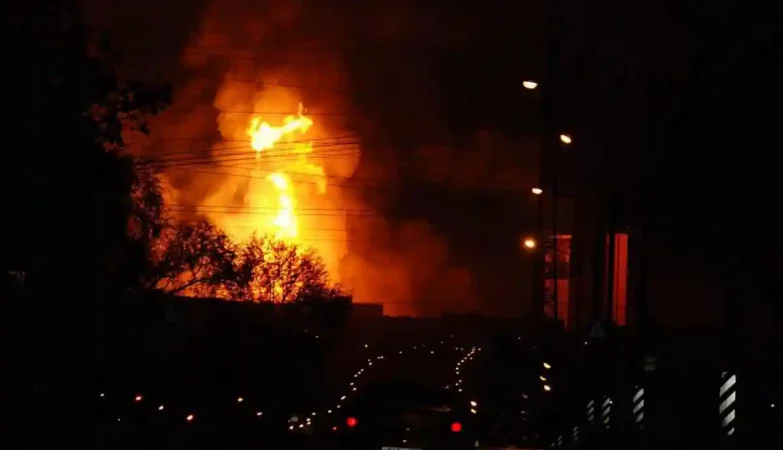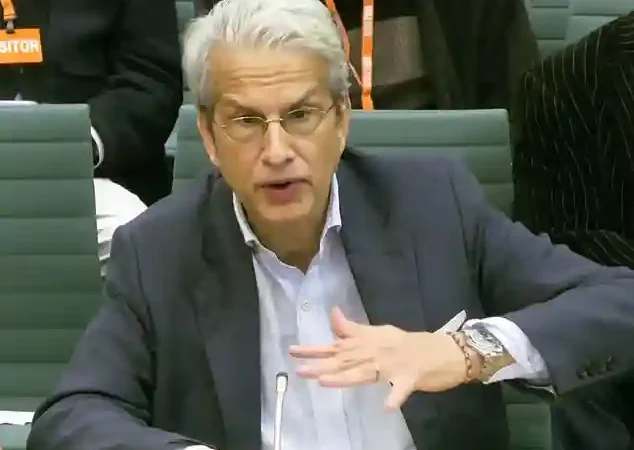After more than 20 years of labeling the Taliban as a terrorist organization, Russia has made a surprising move—it’s officially removed the group from its list of terrorist organizations.
While the decision might seem sudden, it actually follows months of political and legal shifts behind the scenes.
A Landmark Legal Decision
Russia’s Supreme Court recently approved a motion from the Prosecutor General’s Office to lift the ban on the Taliban. This means the group is no longer legally considered a terrorist organization in Russia.
The court’s ruling was declared enforceable immediately, according to Judge Oleg Nefyodov.
Interestingly, the hearing took place behind closed doors, with the public and media only permitted to hear the final decision.
That means the exact arguments presented to justify the decision remain unclear for now.
A First Under Russia’s New Terror Law Revisions
This ruling marks the first time any group has been removed from Russia’s terrorist list under new amendments to its anti-terrorism legislation.
These updates were introduced last year to address what officials described as a “legal gap” in the previous system.
Under the revised law, a group can now be delisted if a court determines it no longer promotes or participates in terrorism, nor supports it in any way.
That was the legal basis used to reverse the Taliban’s designation.
Russia’s Original Justification in 2003
The Taliban had been designated a terrorist organization in Russia since 2003.
Back then, the Supreme Court pointed to the group’s connections with illegal armed movements in Chechnya and accused it of using terror tactics.
The ruling also referenced the Taliban’s ties to Osama bin Laden and alleged attempts to help extremist movements seize power across Central Asia.
The Taliban’s Return to Power in Afghanistan
This dramatic legal shift comes years after the Taliban returned to power in Afghanistan in August 2021, following the U.S. troop withdrawal.
They established what they call the “Islamic Emirate of Afghanistan,” effectively replacing the prior Islamic Republic government.
Since then, the group has pledged to honor certain rights—including those of women—but only within the framework of Sharia law.
These pledges have drawn both skepticism and conditional political engagement from nations like Russia.
Ongoing Political Dialogue Between Russia and the Taliban
Despite not officially recognizing the Taliban-led government, Russia has maintained consistent political contact with the group.
In fact, Russian Foreign Minister Sergey Lavrov publicly stated in early 2024 that although Russia hasn’t recognized the Taliban regime, dialogue continues.
Russia, like several other countries, has pushed the Taliban to form an inclusive government that includes more than just its own members, while also urging them to uphold basic human rights.
Putin Acknowledges the Reality on the Ground
In May 2024, Russia’s Justice and Foreign Ministries submitted a joint report to President Vladimir Putin suggesting that the Taliban could be removed from the terror list.
Their reasoning? The Taliban now controls all of Afghanistan and functions as its de facto government.
Putin didn’t oppose the proposal. He simply acknowledged that Russia would have to find a way to build relations with the Taliban government, even if Afghanistan still faces “obvious problems.”
Regional Neighbors Made Similar Moves
Russia isn’t the only one adjusting its stance. Kazakhstan removed the Taliban from its terrorist registry in 2023.
Kyrgyzstan followed in 2024, updating its own records to exclude the group.
It appears there’s a quiet regional shift underway in how the Taliban is perceived legally and politically.
A Quick Look at Afghanistan’s Geography and Role
Afghanistan is a landlocked nation located at the crossroads of Central and South Asia.
It borders six countries—including Iran, Pakistan, and China—and spans over 652,000 square kilometers.
While largely mountainous due to the Hindu Kush range, it also has plains in the north and southwest.
Kabul is both its capital and largest city, and the country’s population ranges from 36 to 50 million people.
